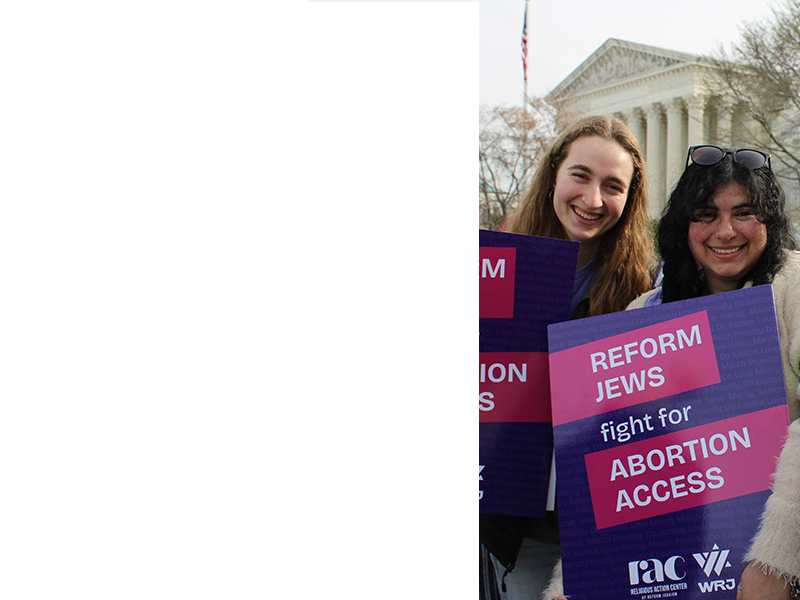Leader's Materials
Carcasses, cemeteries and tanneries must be kept at fifty cubits’ distance from a town. A tannery can only be set up on the east side of a town [because the east wind is gentle and will not carry the fumes to the town.]
Mishnah, Baba Batra 2:9.
The connection between this text — which legislates the location of cemeteries and tanneries — and social justice is less obvious than with previous texts. The link becomes clear only when we consider whom the legislation is designed to protect. Those with sufficient resources can easily choose where they wish to live, thereby avoiding hazards to environmental and physical health. This law acts as a shield for those who lack such resources.
- Does this law protect a particular social group? (yes, see above)
- Can you think of modern examples of ecological waste sites and hazards that disproportionately affect the poor and lower-middle class?
(Union Carbide, an American corporation, had a plant in Bhopal, India, which employed thousands of Indians. The Indians provide a source of cheap labor for Union carbide. A leak in the system at the plant allowed the escape of poisonous gases, and approximately 2000 people were killed. In India, Union Carbide did not use the proper safety precautions that the company would have had to abide by in the United States. Mudslides and sever flooding in Bangladesh resulted from the clear cutting of forests. The logging companies profited, while thousands of the area’s residents lost their lives.)
- How can we - like the Mishnah commands - expand the blanket of environmental protection so that it covers all members of society, regardless of social class?
- How do we act as stewards and yet maintain the dignity of those we help?
Participant's Materials
Carcasses, cemeteries and tanneries must be kept at fifty cubits’ distance from a town. A tannery can only be set up on the east side of a town [because the east wind is gentle and will not carry the fumes to the town.]
Mishnah, Baba Batra 2:9.
The connection between this text- which legislates the location of cemeteries and tanneries- and social justice is less obvious than with previous texts. The link becomes clear only when we consider whom the legislation is designed to protect. Those with sufficient resources can easily choose where they wish to live, thereby avoiding hazards to environmental and physical health. This law acts as a shield for those who lack such resources.
- Does this law protect a particular social group?
- Can you think of modern examples of ecological waste sites and hazards that disproportionately affect the poor and lower-middle class?
- How can we- like the Mishnah commands- expand the blanket of environmental protection so that it covers all members of society, regardless of social class?
- How do we act as stewards and yet maintain the dignity of those we help?

